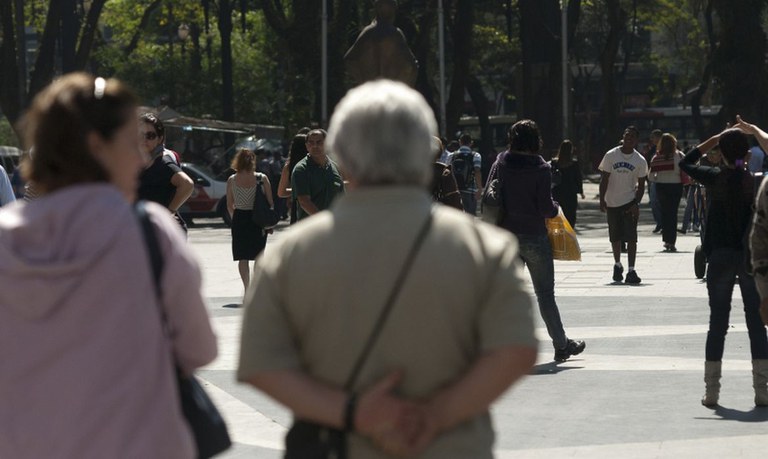STATISTICS
The Brazilian population reached 213.3 million inhabitants. The estimate is from the Brazilian Institute of Geography and Statistics (IBGE), released this Friday (27) and has as reference date, July 1, 2021.
The estimate is one of the parameters used by the Federal Court of Accounts (TCU) to calculate the State and Municipal Participation Fund, as well as a reference for social, economic and demographic indicators. “The population projections for Brazil and the states not only support municipal estimates, but also help to think about the future of the population. And thinking about the future is important because it shows us the challenges that lie ahead”, emphasized Márcio Mitsuo Minamiguchi, manager of Population Estimates and Projections at IBGE.
Counties
The data point to a concentration of population in large cities. There are 17 municipalities with more than 1 million inhabitants (14 of them are capitals). This group concentrates 21.9% of the population or 46.7 million people. Another 49 have more than 500,000 residents and 326 have more than 100,000 people.
The municipality of São Paulo remains the most populous in the country, with 12.4 million inhabitants, followed by Rio de Janeiro (6.8 million), Brasília (3.1 million), Salvador (2.9 million) and Fortaleza (2.7 million).
On the other hand, out of every three municipalities, two are of low density. There are 3,770 of them with less than 20 thousand inhabitants, which corresponds to 67.7% of the total. The smallest are Serra da Saudade (MG), with only 771 inhabitants, Borá (SP), with 839, Araguainha (MT), with 909, and Engenho Velho (RS), with 932 residents.
States
Among the federation's units, São Paulo is still the most populous state, with 46.6 million inhabitants, concentrating 21.9% of the country's total population. Next comes Minas Gerais, with 21.4 million inhabitants, and Rio de Janeiro, with 17.5 million. The least populous is Roraima, with 652,713 residents.
Projection x Census
The population projection is made every year by the IBGE, while the Demographic Census is carried out every ten years. “The Demographic Census is the largest survey carried out by the IBGE and involves visits to all households in Brazil. As the Census involves a lot of work and a large amount of money too, it cannot be carried out every year. But as population is a very important variable, it is not possible to have the population updated only at the time of the Census, so population estimates and projections aim to cover this need to have knowledge of the population for shorter periods than the Demographic Census," he explained Márcio Mitsuo Minamiguchi.
Category
Finances, Taxes and Public Management
Tags: IBGE Population Estimates and Projections Brazilian Institute of Geography and Statistics
.

 Mr. Alessandro Jacob speaking about Brazilian Law on "International Bar Association" conference
Mr. Alessandro Jacob speaking about Brazilian Law on "International Bar Association" conference